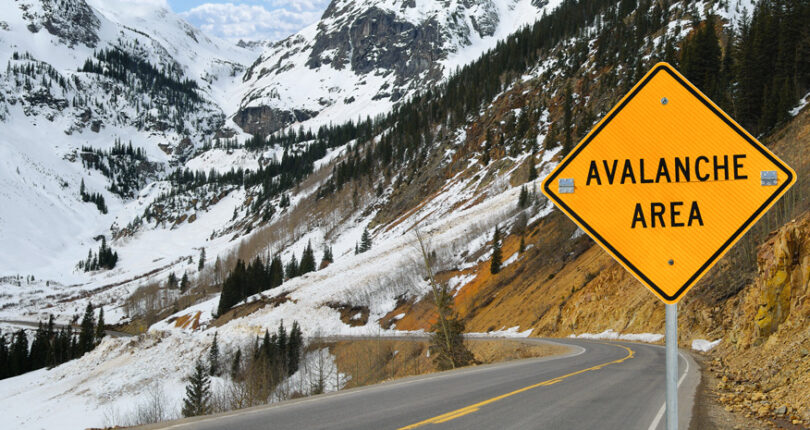For many avid skiers and snowboarders, the backcountry is the final frontier of their snow sports progression. The backcountry is a place of solitude, excitement, and exercise. You will often hear the phrase “earn your turns,” when hiking up a valley before slashing down the mountain back to the car. While backcountry enthusiasts will often share snow reports, terrain to explore, and many high-fives, the backcountry can be dangerous to beginners and experts alike.
Colorado has no shortage of amazing backcountry terrain to explore. However, the state also has an extremely variable snowpack, which results in a heightened risk of avalanche danger. If you are traveling in the backcountry, make sure that you are always being mindful of the terrain you’re traveling in, any sudden change of weather, or instability in the snowpack; these are all factors that can lead to a risk of avalanche. Luckily, there are many resources for individuals seeking to explore the backcountry safely.
WHAT TO BRING
- Avalanche beacon, probe, and shovel
- Water bottles
- Helmet
- First-aid kit
- Emergency blanket
- Equipment repair kit
ALWAYS IN THE PACK
- Snacks
- Extra layers
- Extra gloves
- Sunscreen
- Headlamp
- Walkie-talkies
- Map, GPS, or route info
AVALANCHE RESCUE ESSENTIALS
The beacon, shovel, and probe set is the cornerstone of avalanche safety. Every person entering the backcountry should have these three pieces of equipment and know how to use them.
Beacon: Allows you to search for a missing person if an avalanche occurs.
Probe: After locating the beacon signal of the person involved in an avalanche, the probe is used to locate the individual under the snowpack.
Shovel: The shovel is used to dig an individual out of snow after an avalanche.
RESOURCES Know before you go:
- Take an American Institute for Avalanche Research and Education (AIARE) course through a local guide shop in Colorado.
- Educate yourself on the terrain you plan to explore.
- Take an avalanche safety refresher course regularly and practice avalanche rescue scenarios with your group.
- Find more-experienced individuals to learn from.
- Always check the Colorado Avalanche Information

